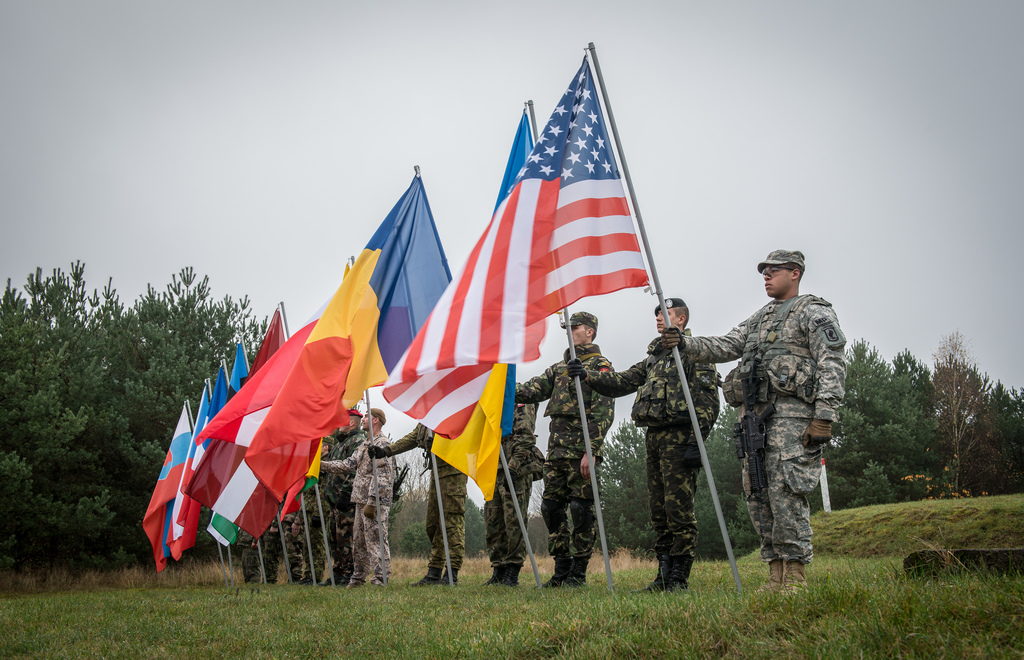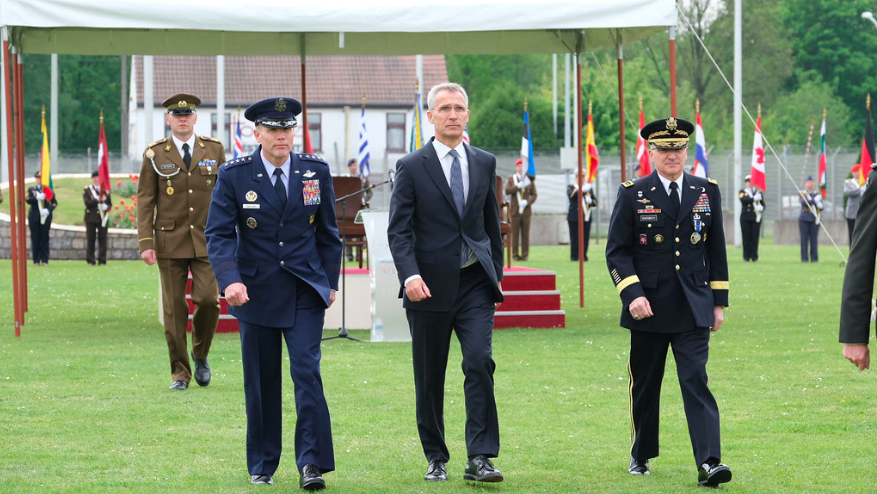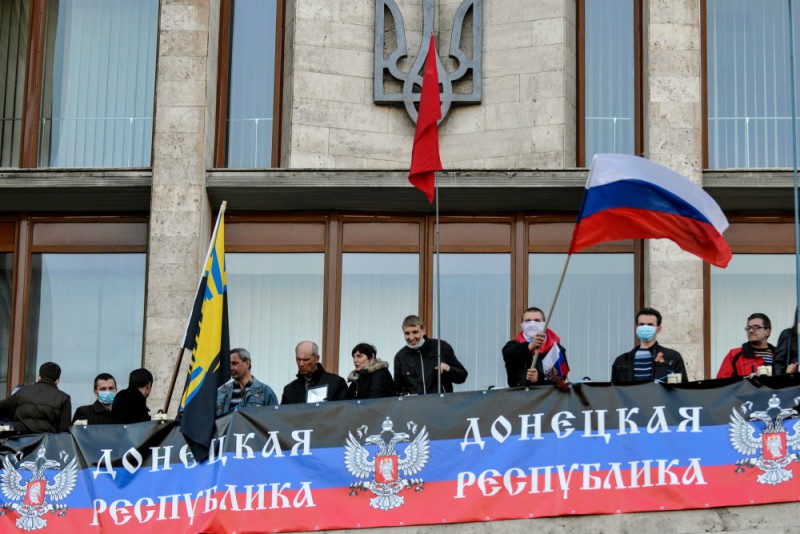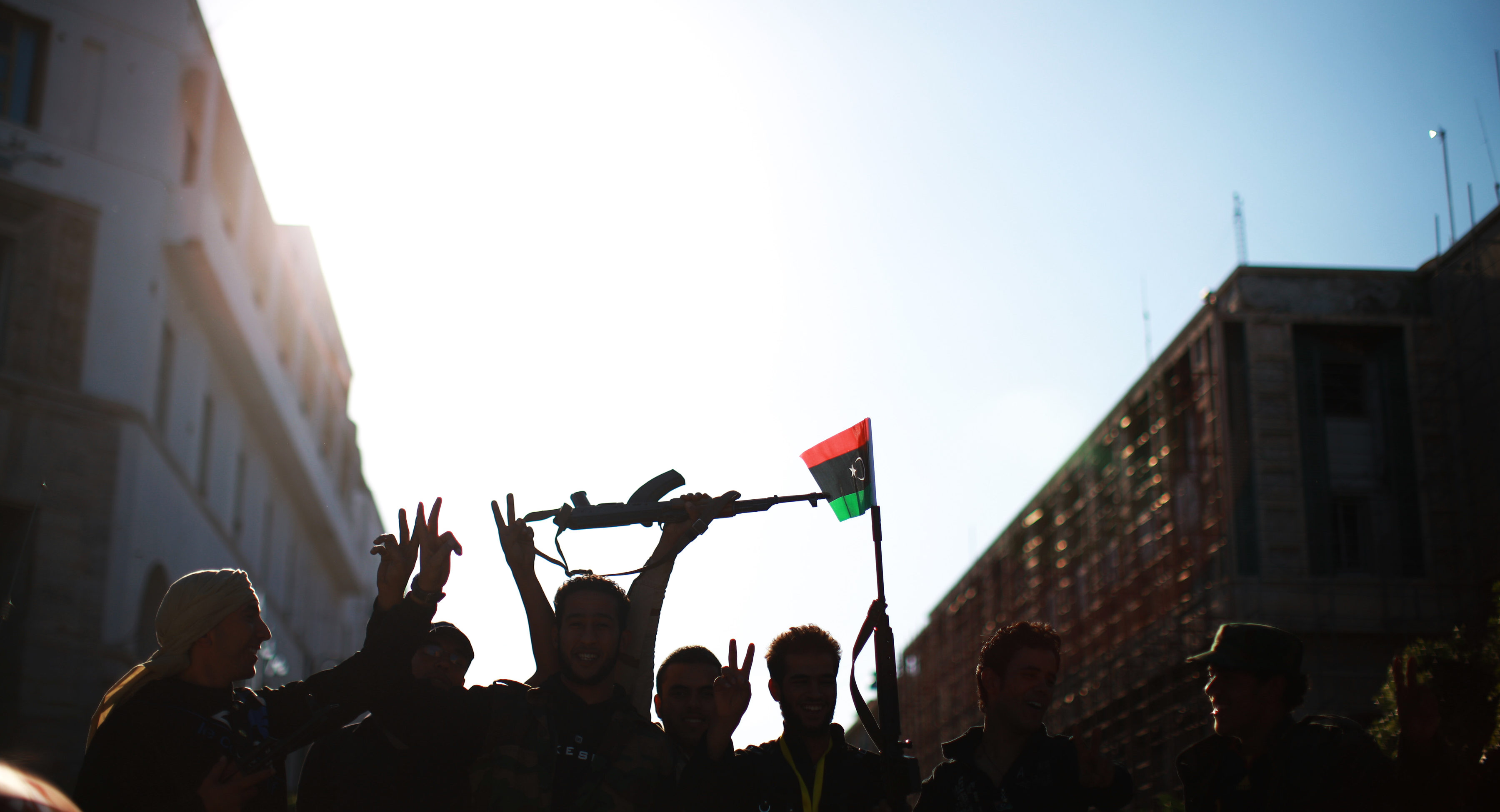On April 18, 2016, Carleton University’s Centre of Excellency for European Studies hosted The NATO-Warsaw Summit and the Alliance’s Eastern Flank: How to Respond to Threats emerging from the Unstable East? Among the panelists were Robert Kupiecki, Ambassador ad personam and former Undersecretary of National Defense for Poland; David Perry and Andrew Rasiulis from the Canadian Global Affairs Institute; and Elinor Sloan, Professor of International Relations at Carleton University.
This discussion revolved around three key aspects: Canada’s response to the Ukrainian crisis, the international crisis response, and the highly-anticipated Warsaw Summit.
The next NATO summit, scheduled for July 8-9, 2016, is expected to be a game-changer for European defense. As stated by Ambassador Kupiecki, this meeting would be historical, not just for NATO, but for Poland as well: this will be the first time that this country will host a NATO Summit.
Mobilization Schedules?
In a recent report by the RAND Corporation, Reinforcing Deterrence on NATO’s Eastern Flank, it was estimated that it would take only 60 hours for Russian troops to reach Tallinn and Riga, the capitals of Estonia and Latvia respectively. The increase in high-level war games over the past few years on both sides has contributed to political polarization, forcing Central and Eastern European states to take sides in a Cold-War type confrontation. Whether NATO admits it or not, military exercises in the Baltic Sea, hundreds of kilometres from Saint-Petersburg, are no less provocative for Russia than were the stationing of nuclear missiles in Cuba for the United States.
Increased talks of “mobilization schedules” are reminiscent of nationalist paranoia in Europe on the eve of World War I, when rigid alliances overly concerned with speedy military responses completely lost touch with foreign policy. This is what former US National Security Advisor Henry Kissinger denounced in his magnum opus, Diplomacy, as a “doomsday procedure.” Military history demonstrates that any strategic pre-emptive measure can be perceived as an aggression in itself. Thus begging the question: how much weight are NATO members ready to put on these potential containment forces, and what consequences does it have on parallel attempts at re-engaging with Russia?
The Dilemma of Engagement
The expectations from NATO’s newest members for this summer’s summit, as summed up by Professor Sloan, are to see a permanent brigade stationed in Poland. However, as Sloan notes, “NATO should stress its ongoing support for diplomatic dialogue.” A most pressing question, said Andrew Rasiulis is: how is NATO going to re-engage Russia during the summit?
These two concerns represent the uttermost dilemma of NATO’s expansion, whose eastward enlargement has been seen as both a deterrent and a form of aggression in itself.
In 1997, Pavlo Zhovnirenko, Chairman of the Board at the Center for Strategic Studies wrote:
The question was not discussed how, against Moscow’s will, the transformation of its recent satellites into strategic opponents would strengthen the general European security. There were no forecasts of the possible events after expansion, especially in relations between NATO and Russia, Russia and its former allies.
What this observation calls for is a critical assessment of NATO’s policy after the collapse of the Soviet Union. Left without a clear mandate after the dismantling of the Soviet Union, NATO’s chief enlargement problem is that it began focusing on the projection of power, instead of keeping to its defensive goals.
This integration process, which sought to ensure stability in post-soviet transition countries soon became mutually exclusive with Russian engagement, a fact that has been repeatedly denounced by former US National Security Advisor. Dr. Zbigniew Brzezinski.
“NATO was created for something, not against something,” as Sloan further notes. Throughout the Cold War, NATO forces counted maximal forces in Western Europe. After 1991, however, NATO’s greatest membership expansion happened at a time of minimal strategic threat on its Eastern flank. The last decade, says Ambassador Robert Kupiecki was marked by an incomparably low NATO presence on the Eastern Flank, thus calling for significant military deployment to fit basic NATO defense standards. A proof of NATO’s vulnerability in the region, as exemplified by the crisis in Eastern Ukraine, is that “The Russians have effectively demonstrated that they have an overwhelming strength.”
Simply put, NATO has failed to match its promises to new members in the East with actual military capability building. Speaking on the history of Russian foreign policy, Kissinger said Russia’s expansion had been its biggest vulnerability, for the sheer size of borders required an ever growing defense capability. NATO, the panel agreed, was facing a similar problem. What is evident from Russian history though, is the paranoia of borders. From the Russian perspective, any significant power on the Eurasian plain is a clear and present danger. This is why, for the NATO Warsaw summit to be a success, leaders must address the consequences of any military buildup as a potential game-changer.
Photo courtesy of Sgt. Ian Houlding (U.S. Army Europe Images).
Disclaimer: Any views or opinions expressed in articles are solely those of the authors and do not necessarily represent the views of the NATO Association of Canada.




